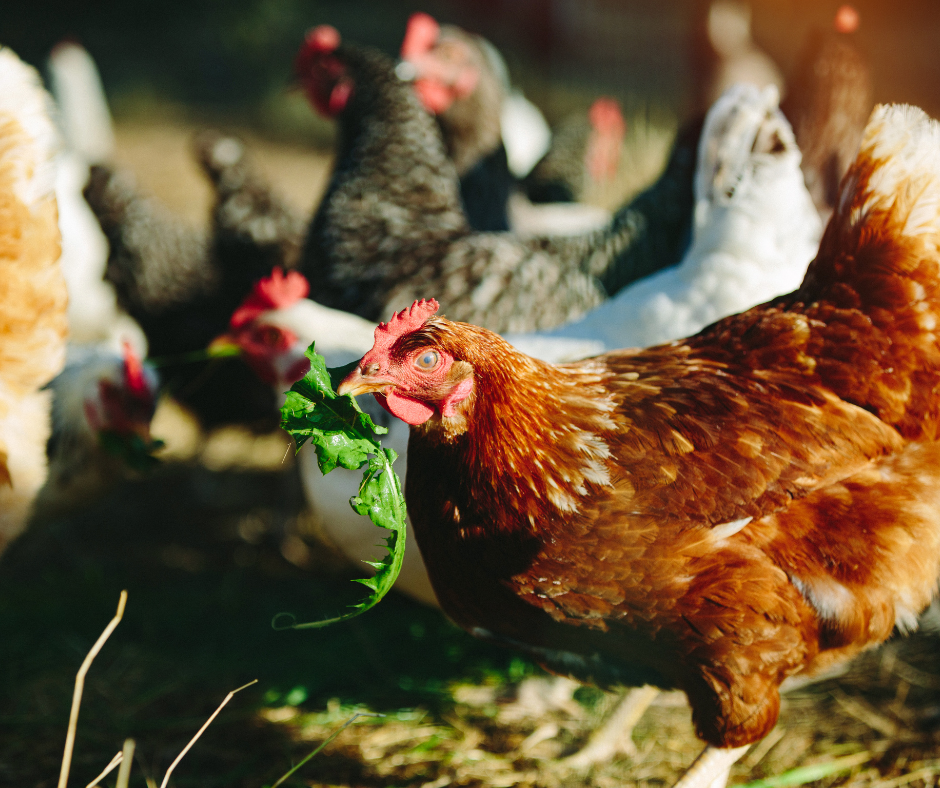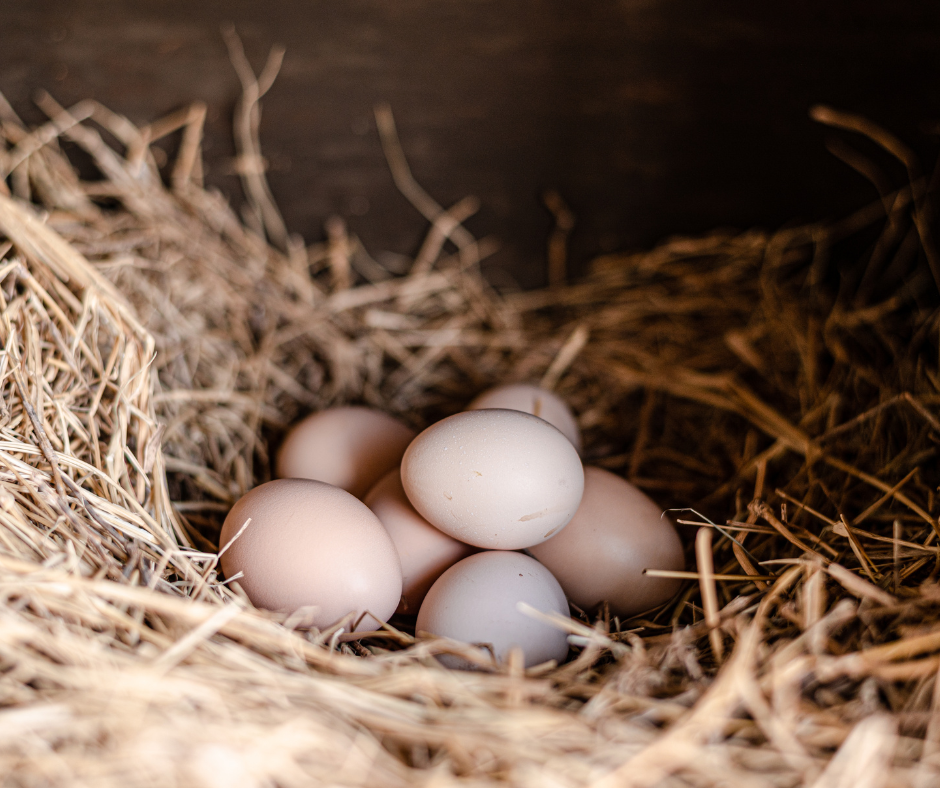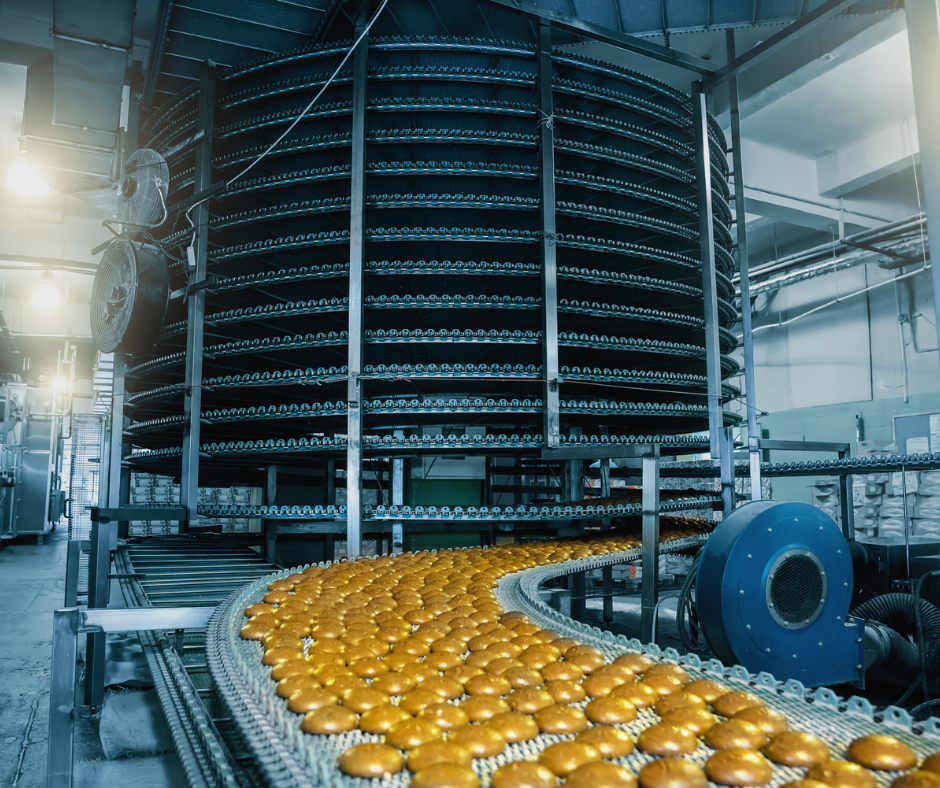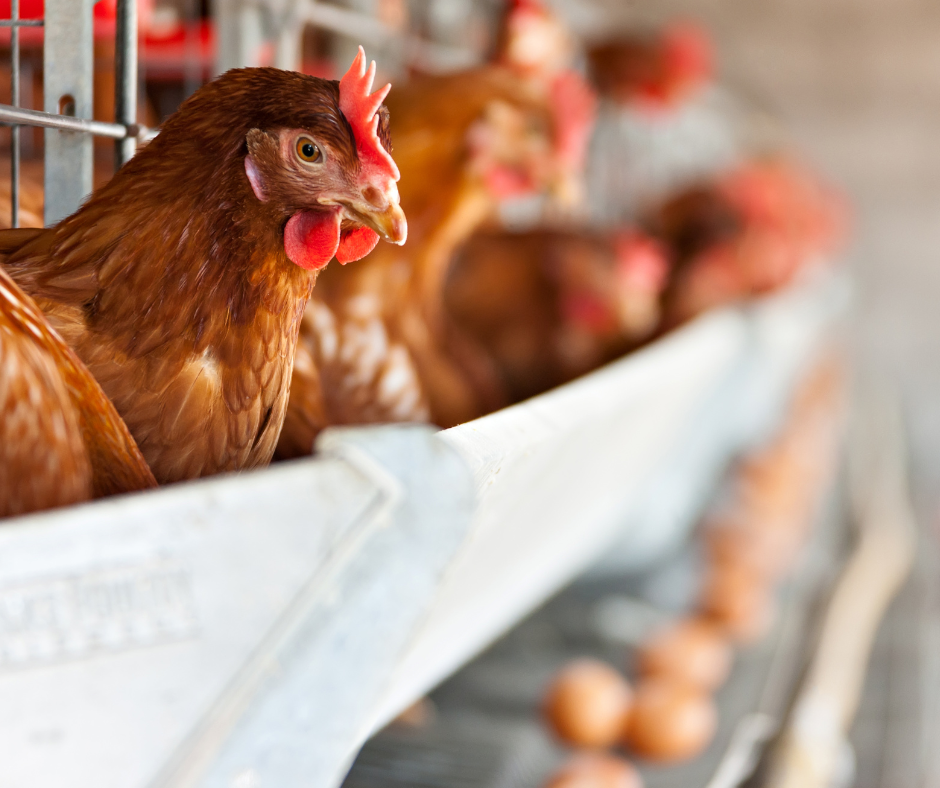The public’s concern for sustainability, animal welfare and the consumption of organic products means that the growth of free-range and ecological poultry farms is exponential. In addition, many poultry farms are making the transition to cage-free production due to the cage ban in 2027.
Sustainability at the poultry farm
The number of poultry farms worldwide has grown significantly in recent decades due to the increasing demand for eggs and poultry meat. It Is therefore important to talk about the environmental impact of poultry farming. The aim is to moderate the use of natural resources, reduce pollution and ensure animal welfare.
Sustainable poultry farming is a form of activity that does not damage the ecosystem. In poultry farming, environmental sustainability covers aspects such as the environmental impact of feed production, pollution caused by factory farms and waste management.
Steps to improve farm sustainability:
– Switch to energy from renewable and non-polluting sources, such as solar or wind.
– Have your own feed and pasture, without chemical fertilisers or pesticides.
– Use construction materials that are 100% biodegradable or as environmentally friendly as possible.
– Treat and purify organic waste internally on the farm.
– Move to a cage-free or ecological production system.

What do you need to set up a free-range hens farm?
A free-range hen is a hen that is kept outside of cages, in completely open space and feeds freely in the field, extracting from it all the nutrients necessary to produce quality eggs. The feed is supplemented with a feed, which will complement the nutritional requirements of the birds. The space must have specific conditions and the feed must also be well cared for.
Requirements
– Outdoor space is necessary. However, hens do not have to be kept outdoors 24 hours a day. Eggs laid by your hens are considered free range if they are kept indoors for no more than 16 weeks.
– Not just any space will suit, it must have vegetation (concrete surfaces are not suitable) and its use must be animal or vegetable only.
– The outdoor space should be at least 2.5 m2 per hen. The radius of the free-range space must not be less than 150 m and not more than 350 m.
– There should be uniformly distributed shelters, at least 4 per hectare.
– It is important that this space is allocated on the outskirts of towns, to ensure the welfare and tranquillity of the birds.
Equipment for free range hens
Drinkers
There are several types of drinkers on the market that can be used on free-range farms: bell drinkers or linear systems. Bell drinkers can be manual or automatic by distributing the water through pipes.
Linear drinkers are automatic and operate by means of an adjustable float to maintain the desired water level in the trough.
Feeders
Feeders can be linear or circular. Circular feeders can be manual or semi-automatic.
The choice of trough should consider the minimum surface area that a hen needs for feeding. For linear feeders a minimum of 10 cm per hen is required and for circular feeders 4 cm per hen.
Perches
These are wired structures raised about 30 cm above ground level for the birds to roost on.
It is recommended to install the perches in the area opposite the windows and hatches, thus making it easier for the hens to roost.
Entrance and exit traps
This system allows the free movement of the hens between the poultry houses and outside yards.
According to the regulations, the trapdoors must be at least 35 cm high and 40 cm wide. There must also be 4 m of free hatch every 100 m of poultry house.
Nest boxes
It is recommended to use wide nest boxes for easy access to the hens, avoiding egg breakage and dirt on the eggs.
The minimum dimensions are 30 or 40 cm wide by 40 cm high and 40 cm deep, with a nest for 7 hens.

Lighting
The regulations stipulate that the hens must have 16 hours of light per day. In autumn-winter it is difficult to cover the minimum hours of light, so artificial light must be used.
Optimal lighting significantly improves the welfare and performance of the birds. In addition, adequate lighting in the cage-free system is of primary importance to avoid egg laying on the floor.
Ventilation
The air-conditioning system on the farm plays an important role. The ideal temperature range for laying hens is 18-24°C. The sum of temperature and relative humidity should be around 90. The amount of air inlets, evaporative pads, and extractors to ensure an optimal climate will depend on the climatic circumstances of the area, the dimensions of the house, the number and weight of the birds.
At Ganal we have all the necessary equipment for a free-range chicken farm. You can be relied on our experience in case you need it.



